Singapore is a melting pot of culture, a happy marriage of East and West, roaring with unfathomable energy and a new sense of identity.
From the balmy Friday afternoon rush hour, the occasional tropical breeze whiffs in gently. A welcome relief as I walked, dripping in sweat, along the bustling Ann Siang street of Singapore‘s Chinatown.
After an hour of prowling around, I felt reluctant to leave this part of town that stubbornly resist sterilization – where the olfactory sense is sempiternally agitated by a kind of sweet smelling chaos of human perspiration mixed with sandalwood, wafts of earthly incense and a honking, heady durian perfume.
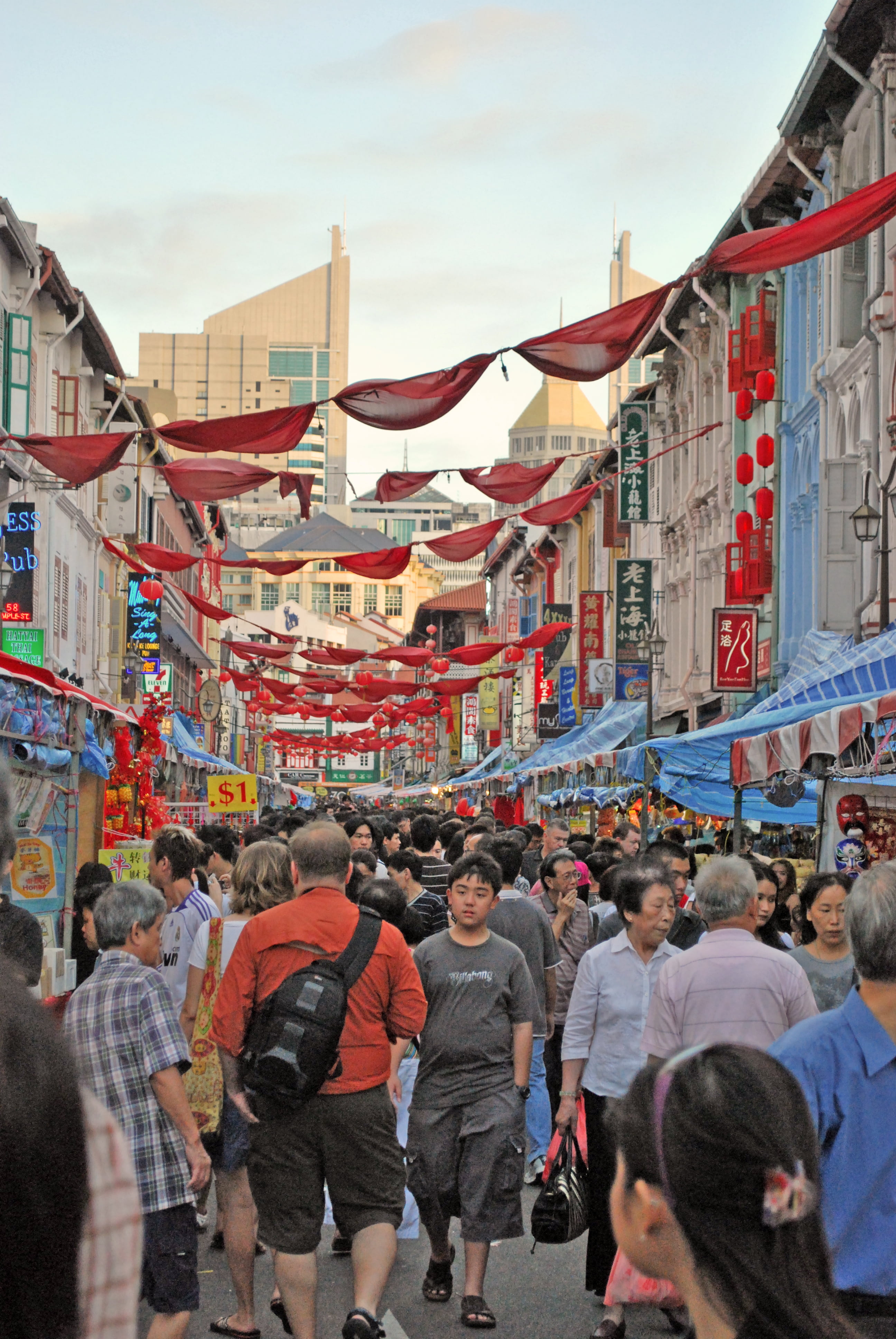 Passing several blocks of gleaming high-rises and escaping from the frantic crowd, I turned into a quiet corner where an array of vibrantly-painted shophouses displaying feng-shui mirrors and drooping red Chinese lanterns stood.
Passing several blocks of gleaming high-rises and escaping from the frantic crowd, I turned into a quiet corner where an array of vibrantly-painted shophouses displaying feng-shui mirrors and drooping red Chinese lanterns stood.
The scene conjures up what it was like in earlier times. A home away from home crammed with immigrants from mainland China, India and neighboring Malaysia in search of a new start and possibilities. This was a consoling sight that broke the monotonous line of skyscrapers. I was warming to the nostalgic feel that the place exuded. Despite having undergone several facelifts and turned into colorful storefronts, these dwellings usher imaginary scenes warmly projected in sepia tones.
Anytime now at a dizzying rate, this alley will be filled with locals, expats and tourists alike; all vying for space and a seat in one of Singapore’s many food stands. It seems, everyone here, when not shopping or at work, is conspicuously consuming on the local obsession, the love for hawker food.
Further ahead, a street opens up to an effortless cosmopolitanism. Fusion-restaurants, hipster cafes and laneway pubs; all ready to satiate any passersby’s hunger with the city’s famous chicken rice or the stir-fried noodle ‘char kway teow’ as well as quench any thirst with a swig of Tiger Beer or Singapore Sling.
Just as the afternoon heat began to fritter away, the punctual evening shower slowly took over. It was the beginning of the monsoon season and against the grey bucketing background, I have taken a trip to the city seen as a bastion of collar-buttoned efficiency; chewing-gum regulated society and an ultra modern metropolis which contrasts dramatically with its Southeast Asian neighbors. It cannot be dismissed that this 716 square kilometers or 276 square miles, less than the size of Greater London, is small, yet highly regarded as the barometer of global economic growth.
After having visited Singapore several times in the past, I felt the need to place my finger once more and feel the city’s pulse. While it was hard not to be distracted by the comforts and coveniences of the city’s leading-edge technology, litter-free streets, underground air-conditioned walkways and fast-paced society almost similar to New York, it’s a breathing city with slanted eyes speaking in a lovely ‘Singlish’ lilt.
Of course, Singapore hasn’t always been a multicultural nucleus of lofty efficiency. In the space of a generation, this sleepy backwater of grubby kampong villages afflicted by malaria, was once a struggling independent state after having been cast out of Malaysia in the sweltering political heat of 1965.
Singapore has transformed itself into a competitive society built on innovation, hard work and trade. Lee Kwan Yew, Singapore’s founding father and the Prime Minister at that time once boldly proclaimed, “This country belongs to all of us. We made this country from nothing, from mud-flats…Ten years from now, this will be a metropolis. Never fear!” His resounding promise still reverberates in the present.
Today’s Singapore is posturing to become the world’s first Smart Nation. Every so often, a new building by famous ‘starchitect’ sprouts, leaving a distinctive silhouette in the city’s skyline. Blink for a second and you may miss the disruptive innovative projects that the city undertakes. In addition to the installation of light-emitting diodes (LEDs) in street lamps that can reduce energy usage, there are the autonomous shuttle-services that are currently being tested; more road intelligent sensors are mounted, while at the same time keeping the identity of a garden city or perhaps even greener.
The state’s eco-conscious ethos has inspired several industries and hospitality companies to carry out construction projects that incorporate as well as mimic nature and its elements. The impressive tropical façade of the ParkRoyal Hotel on Pickering, vividly embodies the green vision and Singapore’s quest of limiting carbon footprints.
Similar to the ones you might come upon in Borneo, tropical plants have taken over the hotel’s exterior. You see palm trees and frangipanis dotting every level, as well as lush vegetation cascading all throughout the property. With the building’s rainwater harvesting technique, the plants will never have a problem with water supply.

Ascend to the fifth floor and indulge in a quiet leisurely stroll around the hotel under a suspended rainforest. Perhaps head to the Orchid Club lounge on the 16th floor and marvel at the sweeping 360 degree panorama of the city and the quaint river that bisects the old and new Singapore.
When in the city, you also get the sense that Singaporeans, while happy to engage in efforts on climate change, the millennials are also setting their sights on a new cultural vision. As the appreciation of art scene sizzles, the island republic is pushing to enhance its image to become the global center for Southeast Asian art. Just very recently, the National Gallery opened in addition to the existing performance art galleries and museums. The $380 million complex straddles two colonial era architectural monuments: the old Supreme Court and City Hall which is joined by a vaulted glass foyer.

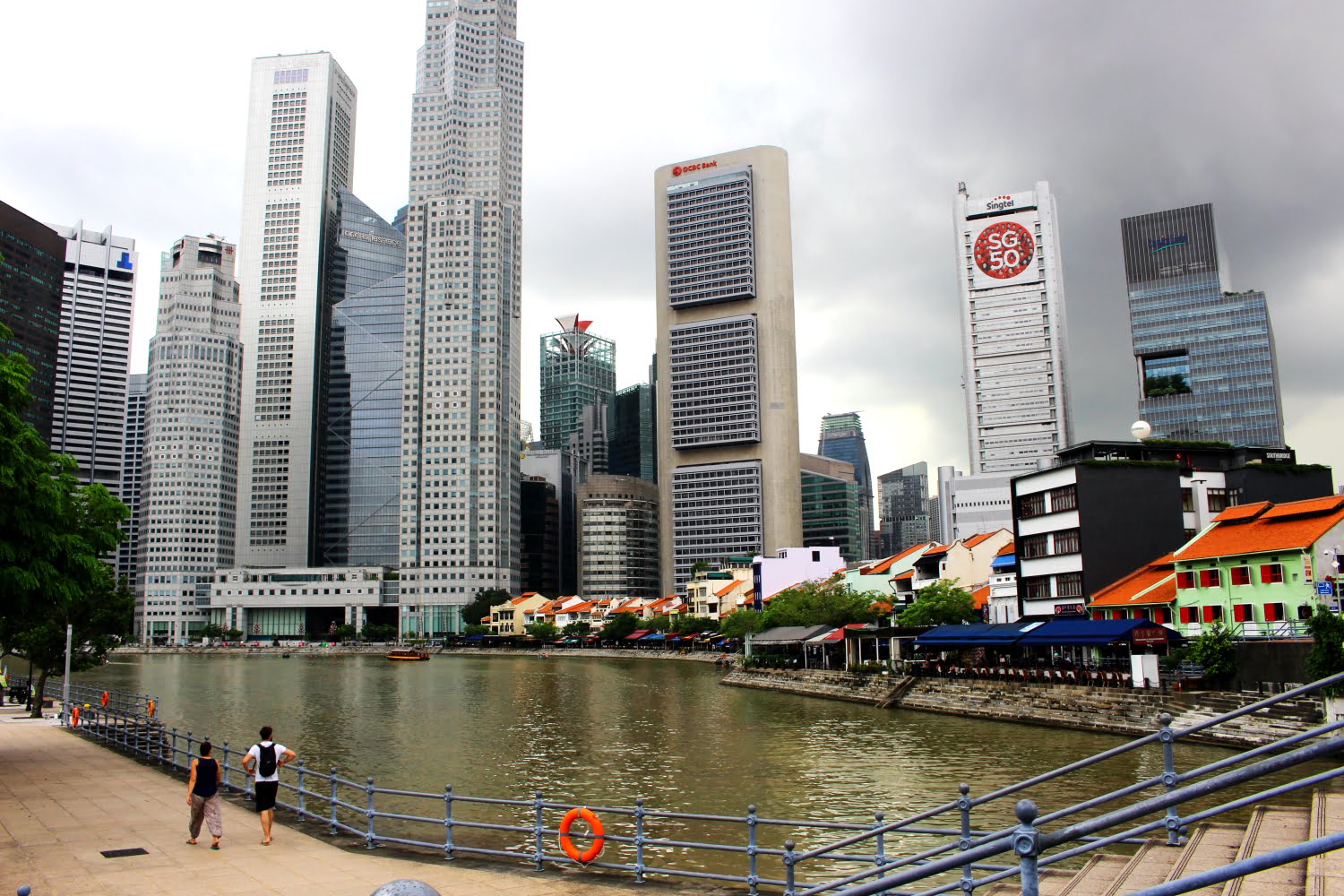
If there is one welcoming change that this cultural drive Singapore is trying to achieve, it’s probably softening its paternalistic image and adding an extra layer of tolerance in its wide-ranging censorship laws. Singapore may still be a far cry from liberal Scandinavia and while the country remains a fairly conservative place overall, the free artistic movement and expression will surely test the boundaries of how far Singapore’s traditional values can endure. That leaves me wondering, if the clichés about Singapore needed to be updated.
The evening sky showed signs of a downpour. A sign to grab a cab and head back. Just as I was opening the backseat’s door to get in, it pelted heavily and in a matter of seconds, the roads were drenched. Looking out of the window, the rain and mist veiled the soaring silvery buildings, the city lights all looking blurry and everything appeared smudged. The cold air from the cab’s air-conditioning nabbed my drifting consciousness. It occurred to me that like the mighty ‘Singa’ or Lion that symbolizes the city, Singapore bites deep – then you glimpse something else under the attitude and your heart swells with fondness and affection.
BUTTER MY BAGUETTE
This website made of love strives to produce FREE CONTENT.
Help me tell more stories and keep this website free of any advertisement by supporting Flying Baguette in inspiring more people and connecting you with other cultures and communities around the globe. Donate a little or as much as you can afford to keep the magic of Flying Baguette going for years to come. Share your support through the icons below ⬇️
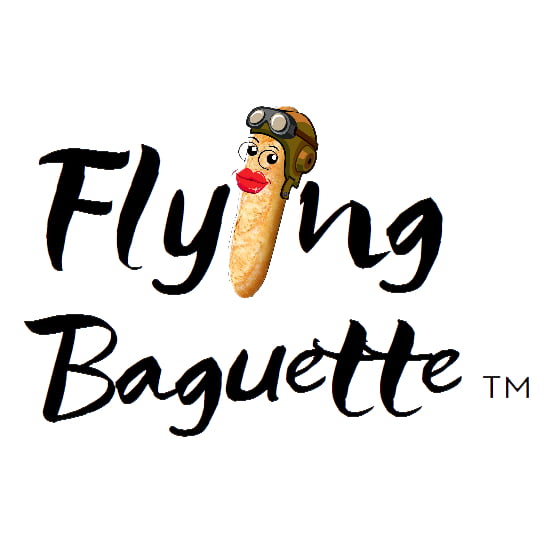



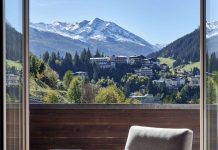
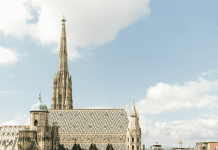



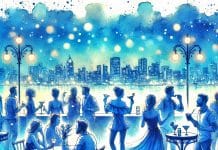
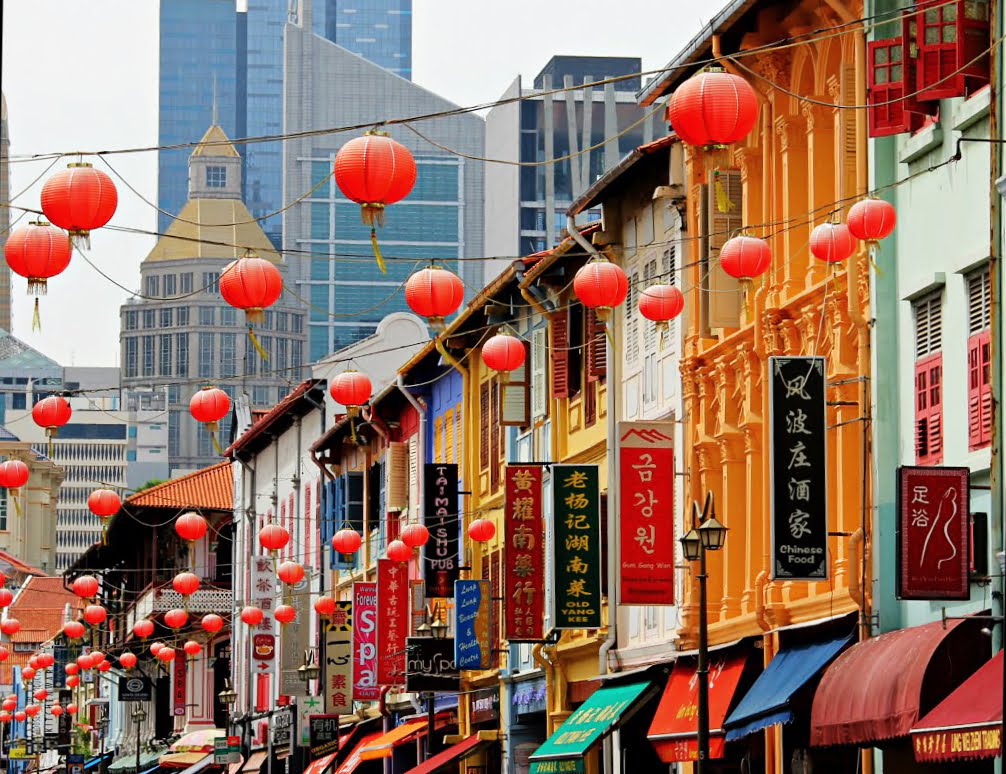



When I read about Smartcity or Smartcountry, I’m very curious. I confess that I still have some resistance to understanding how a smart region becomes autonomous in terms of data processing and governance… but that’s a “conversation” for another post 🙂
Singapore emanates an energy all of its own, combining modernity with Asian allure, which leaves us intoxicated with seduction.
I don’t know this part of the world, but I really wanted to explore a bit more of the Singa Spirit
Sounds like a magical place. Southeast Asia hasn’t really been on my shortlist, but this sounds intoxicatingly overwhelming, in a good way. You bring to life the heart of Singaport and make it sound fascinating. I will definitely have to look into it more!
I have to say that Singapore is definitely my favourite city in the world …. so far.
I loved its multi-culturism – being in China Town one minute then surrounded by Hindu temple in Little India than on to the Arab District. I loved its modernity but also its ancient temples and old shophouses. I have to admit that the heat and humidity is a challenge … but it is so near the equator that you can’t expect anything else. It’s also a fantastic hub for flights to any place in S E Asia
Singapore exudes an exotic yet modern vibe. The contrast between the beginnings to today is a remarkable testament to the country’s determination. I really like how they’ve managed to make a bustling city feel more connected to nature due to the greenery. Parkroyal looks absolutely lovely but I think I would most enjoy the non-sterilized areas most.
Lyn | http://www.ramblynjazz.com
I’ve only been to Singapore as a layover on my way to Australia and wouldn’t mind going back there one day. From reading lots of travel blogs, it seems a very westernised city, safe and also attractive for many Europeans to work. I wasn’t aware of the Lion reference in its name and that made me realise, Leipzig’s animal is also the Lion, so there might be a sign for me here.
Carolin | Solo Travel Story
It’s nearly 40 years since I visited Singapore, as a little girl, on my way to Australia. I have never forgotten being hit by the heat and humidity on that sultry evening as I stepped out of the air-conditioned airport into the hot darkness. I imagine Singapore has changed dramatically in the intervening years and your post certainly indicates that it as. I would want to return to see what the new generation have made of the city – I have no doubt I would find it fascinating. And of course the food is so enticing, all washed down with a Singapore Sling!
Great post, Jan. I always hated Singapore, but now I’m thinking maybe it’s half as bad and I should give it another shot.
I think I’ll focus on the parts that resisted sterilisation. You make this metropolis sound like a worthwhile destination with history, character, heart, and soul. A good many of the aspects and locations you describe were completely new to me, like the ParkRoyal Hotel at Pickering or the National Gallery.
The one thing I did already love about Singapore was of course the food. Nothing better than a chili or pepper crab. Ellie & I once ordered one giant soft shell crab each, only to find out afterwards that each was supposed to be shared by several people. (Needless to say we both finished our crab nonetheless. Wasting food is a sin.)
Love what they done at Park Royal. Other than stopovers in the airport have never been into Singapore. It was somewhere that never interested me. But maybe I should hive it a go
I feel like a broken record now, but COVID cancelled our visit to Singapore and this article makes me want to go NOW! I hear so many amazing things and eco gardens and such just make me want to experience it that much sooner!
I was in awe of Singapore when I visited over 10 years ago, but given how quickly it developed before then I can only imagine what it’s like now. I would love to go back and explore again.
The old houses and Chinese lanterns look super dramatic with the skyscraper backdrop. I’ve never head about the gardens at Parkroyal before – I guess I need to add them to my Singapore bucketlist.